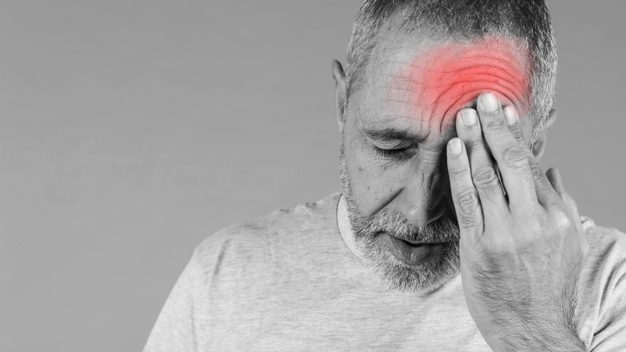Headache behind the eyes is something most people will experience at a point in time. You will experience pain in any region of your head, from your forehead to neck region area.
There are several different types of headaches which can cause a headache behind the eyes. You should be aware of these headaches and their symptoms. By knowing your headache and the symptoms, you can treat it at home and also help your doctor to know what you are suffering from.
A lot of questions will arise when you are in pain like, why is this pain occurring? How can you alleviate the pain? How to get instant relief? To know all the answers, first, know the triggers which cause headaches.
Common Triggers of Headache behind the Eyes
- Hunger
- Alcohol consumption
- Lack of good sleep
- Bright lights
- Emotional stress
- Stiffing strong perfume
- Infection
- Excess caffeine
- Excess processed food intake
If your condition worsens after implementing these treatment methods, or if you begin to experience irregular symptoms paired with your headache pain, seek immediate medical attention. It could be a sign of a more serious vision issue that needs correction or a medical issue needing treatment.
Types of Headache behind the Eyes
1. Eyestrain
Staring at a television or a system screen for too long can develop pain in the eyes or headache behind the eyes. This can overstimulate the brain and cause the brain and eye to make up for vision impairment and therefore cause headaches behind the eyes.
Activities involving vision focus and intense use of your eyes for long periods is the main reason for the pain, but reading, writing in low-light for a longer period can also be linked to the headaches.
2. Tension-Type Headaches
This type of headache is most common causing a tightening feeling around the head or on the forehead, pain behind the eyes can also occur. Your shoulders and neck might also hurt. They are usually mild to moderate in intensity and last anywhere from 30 minutes to several days.
You can often get relief with over-the-counter pain medicine or emotional support.
3. Migraines
Migraines are described as pain or headache behind the eyes. They’re considered worse than regular headaches because they can cause pain lasting hours to days at a time. Migraine headaches are usually recurrent. This means they come back repeatedly.
You may also experience:
- Nausea
- Sensitivity to light
- Abdominal pain
- Weakness
- Mood changes
4. Cluster Headache
Cluster headaches cause extreme pain around the eyes with a series of three or four short. They’re not as common as tension headaches. Cluster headaches can last as short as 15 minutes to over an hour. They’re described as a searing or piercing painful sensation usually located behind one eye. There are no identified cures for cluster headaches behind the eyes. But you can decrease the pain by oxygen therapy or local anesthetics.
You may also experience:
- Head and neck pain
- Red eyes
- Tearing
- Swollen eyes
5. Sinusitis
A sinus infection in other words known as sinusitis is the inflammation of tissues lining your sinuses. They are located behind the nose, forehead, and cheeks — and also behind the eyes. Infection of the sinuses is a common cause of pain, including headaches behind the eyes, across the forehead, cheeks. Follow the antibiotic prescription given by your physician to treat Sinusitis.
You may also experience:
- Stuffy nose
- Upper teeth pain
- Worsening pain when you lie down
Treatment for Headache behind the Eyes
A common prescription, like painkillers, such as aspirin can treat headaches. However, these medications wear off after some time. Other effective treatments to the headache behind the eyes are:
- Exercise daily
- Reduce the intake of processed food
- Avoid alcohol use
- Limit caffeine intake
If your condition worsens even after implementing these treatment methods, you should quickly seek medical attention for good.





















